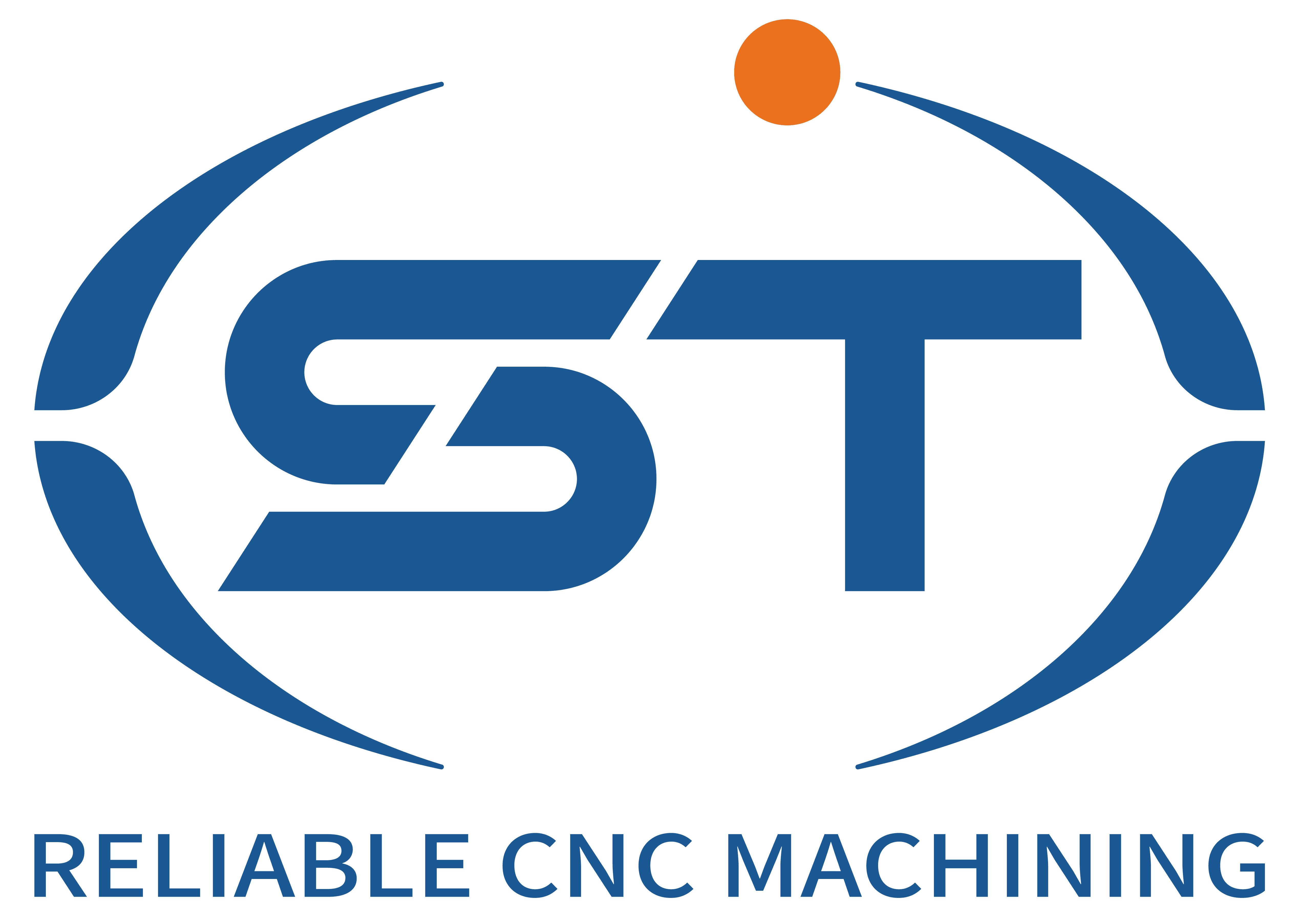Personalized Customization Trends in CNC Machining for Automotive Components
The automotive industry is undergoing a paradigm shift toward mass customization, driven by consumer demand for unique designs, advanced safety features, and eco-friendly technologies. CNC machining, with its precision and flexibility, is at the forefront of this transformation, enabling manufacturers to produce highly customized automotive components without sacrificing efficiency. Below, we explore how this trend is reshaping CNC processes, material usage, and production workflows.
Table of Contents
ToggleOn-Demand Production for Niche Vehicle Models
As automakers expand their portfolios to include niche segments—such as electric performance cars, off-road adventure vehicles, or luxury urban mobility solutions—CNC machining is adapting to support low-volume, high-variety production. Unlike traditional mass manufacturing, where components are standardized to minimize costs, personalized CNC processes allow for rapid tooling changes and program adjustments to accommodate unique geometries. For example, a custom gearbox housing for a high-performance electric vehicle might require specialized cooling channels or lightweight lattice structures, which can be efficiently machined using 5-axis CNC technology.
This shift also supports regional customization, where vehicles are tailored to local preferences or regulations. A CNC-machined suspension component designed for rough terrain in one market might feature reinforced sections, while the same part for urban use prioritizes weight reduction. By leveraging digital design tools and modular CNC setups, manufacturers can produce these variations without the need for dedicated production lines.
Advanced Material Integration for Tailored Performance
Personalized automotive components often demand materials that combine specific properties, such as strength, thermal conductivity, or corrosion resistance. CNC machining is evolving to handle these hybrid material combinations seamlessly. For instance, a custom brake rotor might integrate a high-carbon steel core for durability with a copper-infused outer layer for improved heat dissipation. Machining such a part requires precise control over cutting depths and speeds to avoid damaging the material interface.
Composite materials are another area of growth. Custom interior panels or exterior trim pieces might blend carbon fiber with recycled plastics or natural fibers, creating lightweight yet visually distinctive components. CNC machining these materials involves specialized techniques, such as low-vibration cutting to prevent delamination or ultrasonic-assisted machining for enhanced precision. As material science advances, CNC processes will continue to adapt to new hybrid composites, enabling even greater design freedom.
Digital Twins and AI-Driven Optimization for Custom Parts
The rise of digital twins—virtual replicas of physical components—is revolutionizing personalized CNC machining. By simulating the machining process in a digital environment, engineers can test different design iterations and identify potential issues before cutting metal. This is particularly valuable for custom parts, where trial-and-error prototyping would be costly and time-consuming. For example, a digital twin of a custom steering wheel component might reveal that a proposed grip pattern would cause uneven material removal during machining, prompting a design adjustment early in the process.
AI algorithms are further enhancing this capability by analyzing historical machining data to recommend optimal parameters for custom jobs. If a manufacturer is producing a one-off engine block with non-standard port shapes, AI can suggest the best spindle speed, feed rate, and tool path based on similar past projects, reducing setup time and improving first-pass yield. Over time, these systems become more accurate, enabling even novice operators to machine complex custom parts with confidence.
Flexible Workholding Solutions for Small-Batch Efficiency
Personalized production often involves small batches of components with varying sizes and shapes, making traditional workholding methods inefficient. CNC machining is responding with modular, adaptive workholding systems that can accommodate diverse geometries without extensive reconfiguration. For example, a custom transmission housing might require a combination of vacuum chucks, magnetic clamps, and custom fixtures to hold it securely during machining. These systems use interchangeable components and quick-release mechanisms to switch between parts rapidly, minimizing downtime between jobs.
Another innovation is the use of 3D-printed fixtures tailored to specific custom parts. By designing and printing fixtures on-demand, manufacturers can reduce lead times and eliminate the need for expensive, dedicated tooling. This approach is particularly useful for prototyping or low-volume production, where the cost of traditional fixtures would be prohibitive.
The trend toward personalized automotive components is pushing CNC machining into new realms of flexibility and innovation. As consumers continue to seek unique, high-performance vehicles, manufacturers will rely increasingly on advanced CNC technologies to deliver custom parts efficiently and cost-effectively. This evolution not only meets market demand but also drives broader advancements in material science, digital manufacturing, and automation, positioning the automotive industry at the cutting edge of personalized production.




